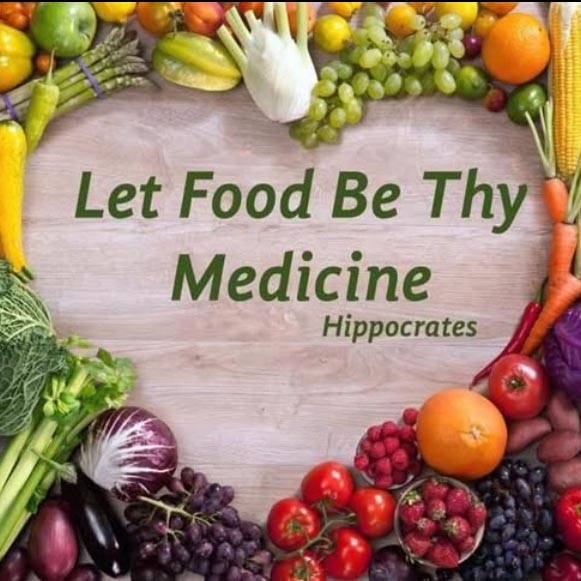
Summer, Vitamin D, Cataract
Summer is finally here, and so is the sun! We can now fully enjoy the weather and this beautiful season. It also means spending long hours outdoors. To enjoy the sun, we need to do it wisely.
Vitamin D Production: Whenever we think of sun, we often think of Vitamin D. Vitamin D is not a vitamin but a hormone. We all produce vitamin D in response to sun exposure. Vitamin D is not found in foods, so we need sunlight to produce it. So, Vitamin D is a hormone. To that end, the sun has contributed to our survival. There were no fortified foods and vitamin D pills until recently, so we relied on sunshine to stimulate the production of vitamin D.
Life Expectancy: Researchers reported that sun exposure lowers risk of cardiovascular disease, incidence of thromboembolism, high blood pressure and diabetes. Other studies reported increased survival rates for skin cancer patients who spent time in the sun and that sun exposure (especially without protection) may increase the risk of skin cancer, but it does not decrease life expectancy and has a better prognosis.
Sun and the Eyes: On sunny days our eyes often need protection, especially at the beach, on the water or mountains. As a trained ophthalmologist I was taught to recommend patients wearing sunglasses for eye protection from ultraviolet (UV) exposure. It is true, that we should avoid looking straight at the sun. But just like the rest of the body, our eyes need a dose of Vitamin D.
Tips: Here are some tips to protect your eyes from UV damage:
- Wear broad-brimmed hats
- Sunlight is strongest midday to early afternoon, at higher altitudes and when reflected off water or snow in the mountains.
- Never look directly at the sun, it can damage the retina-the back and an especially important part of the eye. Instead, close your eyes facing the sun- this practice called sunning will help your eyes to adapt to the bright light and improve eyesight down the road.
- Palming is another useful practice to improve your vision and relief an eye strain. Covering the eyes with the palms creating total darkness and alternating it with sunning is a great way to exercise the intraocular sphincter muscle responsible for focusing and sharp vision.
Cataracts and how a healthy diet can help: Perhaps unsurprisingly, June is also Cataract Awareness Month. A cataract is a clouding of the lens, causing blurred vision and glare that cannot be corrected with contact lenses or glasses. A clouded lens can be surgically removed and replaced by an artificial lens. I have performed or assisted in many of those surgeries. Several factors, including aging, have a significant effect on the development of cataracts. The proteins that make up the lens of the eye have inefficient turnover, which decreases with age. It makes lenses less flexible, thicker, and cloudy. Diet and lifestyle habits like increased intake of alcohol, and dehydration contribute to the development of cataracts. Health status impacts both eye health and the risk of cataract development due to several studies. Having diabetes, taking oral steroids, smoking, a high body-mass index (BMI) and taking medications for gout also increase the risk of cataracts. In another study researchers reported that people who eat more fruit, vegetables, and whole grains have a lower risk of cataracts. Eating more colorful, carotenoid-rich foods, such as carrots, tomatoes, oranges, and spinach, also protects against age-related macular degeneration (AMD) by 35% according to a study published online in JAMA Ophthalmology.
Time in the Sun: Of course, sun exposure and restrictions should vary by geographic area. In northern latitudes where the UV index is low, less restriction on “sun time” may be acceptable, for example. Using sunscreen is advisable if we spend a long time in the sun. One of the researchers, Dr. Lindqvist said this about sunscreen: “If you’re using it to be out longer in the sun, you’re using it in the wrong manner,” he said. However, “If you are stuck on a boat and have to be out, it’s probably better to have sunscreen than not to have it.”
So, this summer, let’s wisely get enough Vitamin D, by staying active outside, grab a nutritious picnic with plenty of veggies and fruit…and enjoy the sun!





